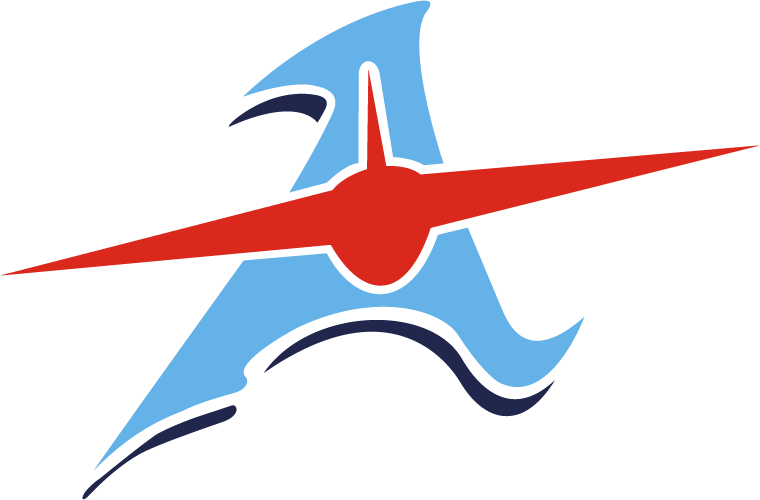Story by ALLIE COX, ERIC DUNN and MEGHAN FRAZIER
\r\nPhotos by KYLEIGH FERRALL, TAYLOR BOSCINI and YEARBOOK STAFF
\r\nFifteen Alliance students are eligible to compete in the District Science Fair at the University of Mount Union March 10 after earning Superior ratings on their projects in the Science Alliance.
\r\nIf they receive a Superior at the district fair, these students have a chance to qualify for the State Science Day at The Ohio State University in May.
\r\nJunior Alexandra Cox’s project, “Can Furrows and Cow Manure Compost Be Added to Hydrophobic Soil to Improve Water Absorption?” won the award for the Environmental Science category as well as the Best in Show award.
\r\nSophomores Tommy Gress and Emily Kungle won the Best Behavioral Science award for their project, “How the Majority Affects Individual Ideas.”
\r\nThe best project in the Math category belonged to sophomore Eleanor Brugh for her project, “Patterns in Variation for Pascal’s Triangle.”
\r\nEighth grader Caroline Denny had the best project in the Microbiology category for “How Does the Length of Heat Shock Affect the Transformation Efficiency of E.coli?” The eighth-grade team of Samantha Gotter and Alyssa Risley won best project in Chemistry for “How Well Markers Come Off Painted Drywall.”
\r\nOther students who received superior ratings were sophomores Daniele Bush, Rhiannon Phillips, Adam McMillen, Nick Deack, Tim Sams, Logan Bell and Will Rose, plus eighth grader Aidan James.
\r\nThere was no shortage of interesting topics at the Science Alliance on Feb. 9.
\r\nJuniors Katelyn Howell, Kylie Gordon and Jaiden Harsh did a project on optical illusions.
\r\n“My favorite part was hearing the test subjects tell what they saw in the illusions,” said Katelyn.
\r\nAlexandra Cox, also a junior, said she chose her project on water absorption in soil “because I live on more than 40 acres of land, so I'm interested in farming techniques and how they can be improved.”
\r\nJuniors Jameson Roar, Cameron Cox and Aaron Maley did a science fair project that put aluminum and wooden baseball bats head to head.
\r\n“My favorite part was conducting the actual experiment and hitting the baseballs,” said Jameson.
\r\nKatlyn Zurbrugg tested “Gamers’ vs Non-Gamers’ Reaction Times.” Not surprisingly, she found that “people with more time on gaming tend to be faster than people who do not game regularly.”
\r\nRhiannon Phillips found that more people remembered things they saw than things they heard in “Measuring Memory.”
\r\nIn her project called “Is Your Fitbit Legit?” Madison Sams found that “the more you walk, the less accurate it (The Fitbit) gets.”
\r\nFor her project,“Learning Styles and Academic Performance,” Daniele Bush found that more students learned well kinesthetically, using body, hands and sense of touch.
\r\nJuniors Stefan Thalacker, Megan Brookes and Shiann Jackson did a project on mnemonics, or tricks to help remember things.
\r\n“Science fair was a great opportunity to see hard work pay off,” Stefan said. “I learned a lot and think I’d like to participate again next year.”





Alexandra Cox's science project won the Environmental Science category as well as the Best in Show award in the Science Alliance
Daniele Bush explains her project “Learning Styles and Academic Performance" to the judges
\r\nJuniors Kade Walton and Damion Kinkade learned "What Makes Ice Melt Faster?"
\r\nJuniors Katelyn Howell, Kylie Gordon and Jaiden Harsh did a project on optical illusions
Katlyn Zurbrugg tested gamers' vs. non-gamers' reaction times. Not surprisingly, gamers won.
\r\nMadison Sams found that Fitbits become less accurate as more distance is covered

